After years of litigation, appeals, revisions and public hearings, developer Harold Hohbach finally claimed on Monday the prize that has long eluded him -- the city's permission to build a three-story development on Page Mill Road.
The mixed-use development, which the City Council approved 8-0 Monday night (Gail Price was absent), will feature 82 apartments, research-and-development space and a small café on the ground floor. It would stand at 195 Page Mill Road, next to the Caltrain corridor and a short walk from the California Avenue Business District.
The council approved the "Park Plaza" development three weeks after members criticized it for being too massive and looking too much like a "fortress." At the June 4 meeting, council members urged Hohbach's team to break up the buildings, add open space and make the development more attractive to pedestrians. Planning Director Curtis Williams said that staff believes that since the last meeting "there has been substantial modification to the design," as per council direction.
On Monday night, the council agreed the applicant did what was asked. The "fortress" has been broken up into three separate elements with access for pedestrians to a landscaped interior courtyard. Hohbach had agreed to reduce the number of apartments from 84 to 82 and reduced the commercial space on the ground floor from 50,467 square feet to 47,917 square feet.
Though the project consists of 102,225 square feet of development, most of the discussion Monday focused on the 2,400 square feet of retail that the project would include. Vice Mayor Greg Scharff and Councilman Pat Burt both called for the applicant to subsidize a coffee shop or another type of food-and-beverage establishment at the site. Hohbach agreed, though the team was willing to commit to subsidizing a 1,200-square-foot coffee shop or similar business.
Not everyone agreed that the retail component should necessarily be a coffee shop. Councilman Larry Klein advocated letting the market dictate the nature of the business.
"I'm not sure the council should be saying that this has to be a food and beverage place," Klein said. "We're sort of dictating what the market may want. There may be other things that might be more useful in that particular area."
After much debate, the council agreed to give the developer some latitude and required him to furnish either a 1,200-square-foot food-and-beverage operation or a 2,400-square-foot retail operation of a different sort. If Hohbach chooses the latter option, the establishment cannot be a financial, legal, medical or accounting business under a condition of the council's approval.
The council also directed planning staff to explore the possibility of installing ventilation and testing systems in the residential areas of the development to address concerns about contaminated groundwater. If staff determines that these systems would be useful and feasible, their installation would become another condition of approval.
Though the project ultimately earned the green light with no dissent, some council members acknowledged that they were less than thrilled with the proposed development, even with the recent changes. Councilwoman Karen Holman said the design, even after revisions, doesn't add to the "built environment in a positive way."
Burt acknowledged that Hohbach's team responded to the council's direction. But he quickly hedged his enthusiasm for the development.
"It doesn't mean that I'm in love with this project," Burt said.
But the council was largely supportive of Hohbach's proposal to add a dense development to an area so close to the Caltrain corridor. The city has long eyed the California Avenue neighborhood as an ideal place for mixed-use projects because of the existence of a nearby Caltrain station. Mayor Yiaway Yeh and Councilman Greg Schmid both cited the project's location as a major reason why the project should be supported.
"I like very much the notion of the housing going in near the train station and I think it is true that that the neighborhood is growing and changing and this could be the important element of a revitalized and expanding neighborhood," Schmid said.
Yeh called the new development an "important addition" to the neighborhood and noted that mixed-use development has been the city's "broader intention for the California Avenue area."
"The lengthy process in the end has led to a better project," Yeh said.
The council's approval ends a decade-long saga for Hohbach and his application team. After going through the city's extensive application process, the developer succeeded in gaining the council's support in 2006 but was forced to return to the drawing board after a lawsuit from residents Bob Moss and Tom Jordan. Moss and Jordan claimed that Hohbach did not adequately analyze the environmental impacts of vapors emitted from a contaminated groundwater plume at the site.
Hohbach reapplied but met heavy resistance last year from the council, which encouraged him to seek a different zoning designation, one that would emphasize the development's location near the Caltrain tracks but would require a reduction in density. Hohbach declined to seek a zone change, which would have required a fresh set of hearings, and persisted with a project under the existing "general manufacture" zoning designation.
His persistence paid off Monday with the council's vote, ending the city's most tortuous land-use saga and granting Hohbach the green light he's long been seeking. Hohbach said he was "very happy" with the council's decision.
"I think this will be a great addition to the area," Hohbach told the Weekly.
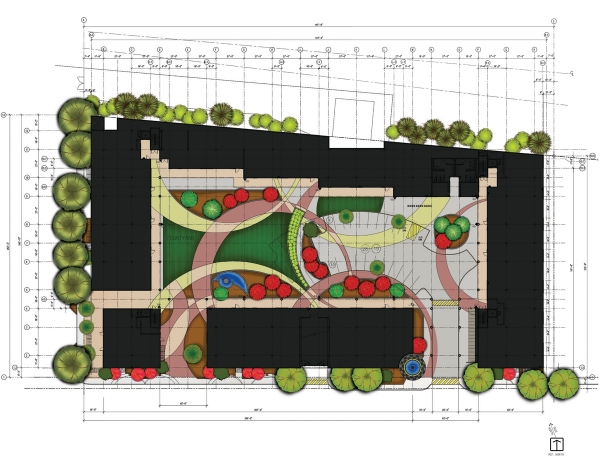
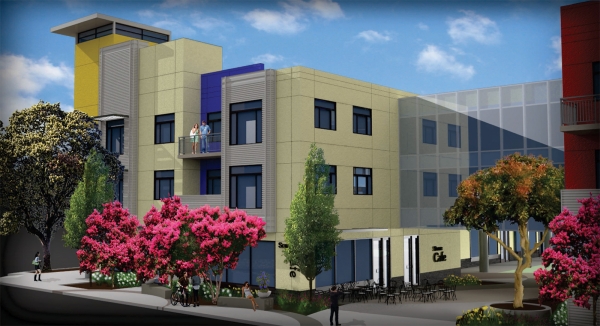
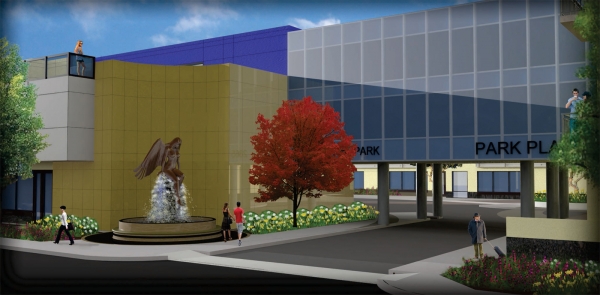
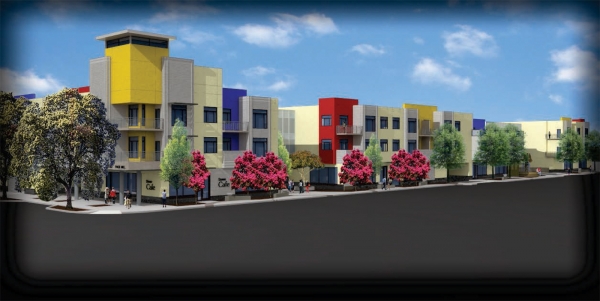
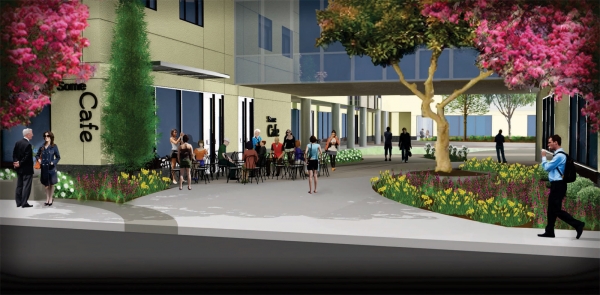


Comments
Registered user
Adobe-Meadow
on Jun 26, 2012 at 12:01 pm
Registered user
on Jun 26, 2012 at 12:01 pm
Well I see the the City Council forgot how to say NO - No - No ..
With an 8 to 0 vote it is more BUTCHERING of Palo Alto. What is next Middlefield Road...
Wonder how many will bee kill or injuried on the short walk to the California Avenue Business District AND Caltrain
Oh well election day is coming up....
Registered user
University South
on Jun 26, 2012 at 1:24 pm
Registered user
on Jun 26, 2012 at 1:24 pm
Yes!
Finally a decisive showing that the council is not anti-housing (though some residents clearly are). 82 new households - 17 of which which will be developer-subsidized to be affordable to those earning <median income, presumably, will join the ranks of Palo Alto. Unlike most residents, they will live above research and development space and provide what may be the best example of residential mixed-use in the city in modern times. [One just need go to the President Apts. on University/Cowper and see the 'old style' mixed use - six floors of residences above 6 retail stores/restaurants.]
Yesterday was a good night for the city.
Stanford
on Jun 26, 2012 at 3:10 pm
on Jun 26, 2012 at 3:10 pm
As far as this residential voter is concerned, the PACC vote to approve this project is yet another nail in the coffin of once-charming Palo Alto, a community that used to be radically different in beauty and the character of its public space from places like Berkeley. The population density of this city is relentlessly and monotonically increasing and the noise, pollution, traffic congestion, parking difficulties, and general level of anxiety and stress that people face in public space because of these trends will continue to increase. I realize that in the short run this project won't make a huge negative difference. But the precedents it sets or continues, when aggregated over time, will add up to a major impact, one that will further erode the quality of life in this community. Only when a significant number of cities are far-sighted and courageous enough to decide that they need to put limits on their population levels for the sake of the quality of everyday social life will other cities be compelled to join them, thereby enabling the country as a whole to move toward setting a sustainable population level. Barring that, it won't be that long -- between 50 and 100 years -- before the population of the U.S. reaches 1 billion and California's reaches 100 billion, with more and more of the state being paved over, overbuilt, and looking like L.A. in all its problematic aspects: long delays on the roads, having to travel in smaller and smaller windows during off hours times, more spare-the-air days, more crowded sidewalks, longer lines at more and more businesses, and higher blood pressure and more irritable behavior from more people more of the time. Unfortunately, City Council members don't vote with the long-term social, cultural, and aesthetic effects of their actions in mind. Not only should we think globally even as we act locally, we should think long-term even as we act short-term.
Crescent Park
on Jun 27, 2012 at 12:16 am
on Jun 27, 2012 at 12:16 am
Good Job, Palo Alto City Council!
Higher-density mixed-use developments near transit are essential to addressing traffic congestion in Palo Alto. Jobs near transit reduce the need to commute by car, and housing near jobs (that's the mixed use part) reduce it even further.
Palo Alto has a severe housing shortage which forces most employees to live elsewhere and commute longer distances. And placing so many jobs far from good transit (Stanford Research Park, for example) requires most to drive to those jobs.
The Park Plaza project is a step in the right direction. Now let's get more built like that!
Downtown North
on Jun 27, 2012 at 10:38 am
on Jun 27, 2012 at 10:38 am
Mr Boone illustrates a common local phenomenon: suburban-dwelling New Urbanists consider higher-density developments a great idea -- for other people and in other neighborhoods.
Registered user
Barron Park
on Jun 27, 2012 at 5:33 pm
Registered user
on Jun 27, 2012 at 5:33 pm
Mr Boone also represents the triumph of ill-logic and ignorance behind this decision.
1. He wants to see Palo Alto reduce the jobs-housing imbalance, so he praises a project that increases that imbalance.
2. "Housing near jobs" does not reduce commuting because there is no attempt to link the specific housing to the nearby jobs, or to address the other factors in who lives where. Experience suggests that 65-80% of those living in the apartments will commute to work in another city and that at least 90% will do so by car. And of those that don't commute out of Palo Alto, most will drive to work because the distance of this project from schools will persuade parents to drive their children.
3. Boone gets it wrong when talks of Stanford Research Park being far from transit. SRP has a very aggressive transit system (shuttle buses) linking the employers to the Caltrain train stations. However, the inadequate schedule for CalAve has many using UAve instead. So Mr Boone has this project both "near transit" and "far from good transit".
It is so easy to be a New Urbanist if you are dismissive of logic and well-known facts, and if you don't have to live with the consequences of your advocacy.
Registered user
University South
on Jun 27, 2012 at 8:11 pm
Registered user
on Jun 27, 2012 at 8:11 pm
It strikes me that some want Palo Alto to be the city they envisage when they first moved here.....Cities change, with or without city council approvals of new housing. The term 'boutique city' comes to mind. Very interesting article in Tuesday's WSJ on housing in San Francisco - when demand exceeds supply ...enormously.
June 26, 2012,
Tech Boom Hits San Francisco Rental Prices
Prices Soar as Well-Paid Tech Workers Stream Into City After a Long Exodus
Web Link
Leland Manor/Garland Drive
on Jul 23, 2012 at 6:52 pm
on Jul 23, 2012 at 6:52 pm
Bob Moss is home, crying in his beer.